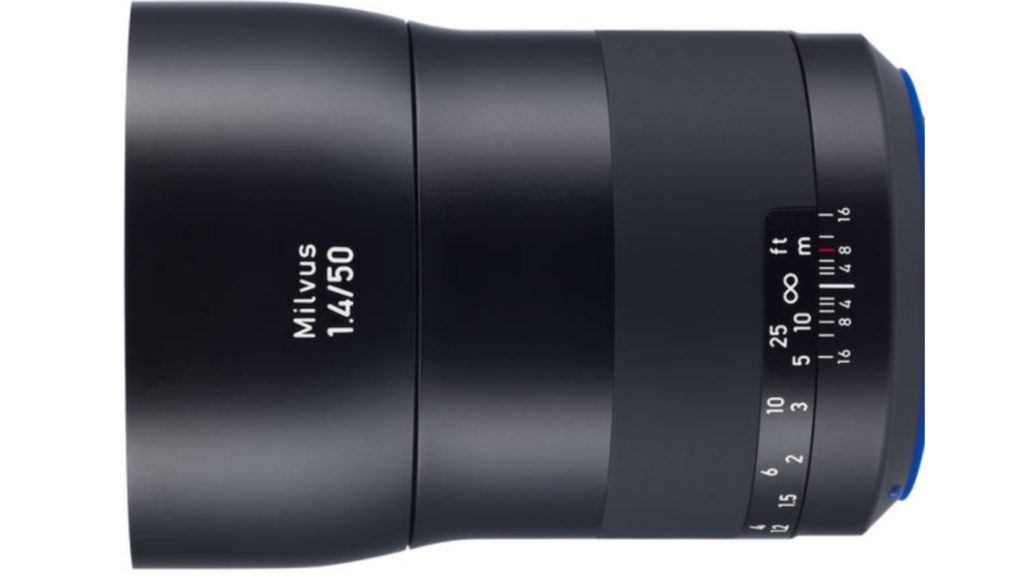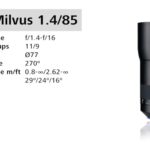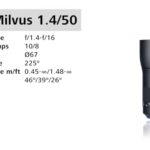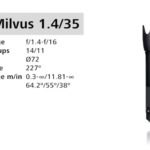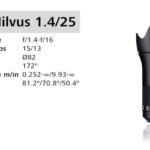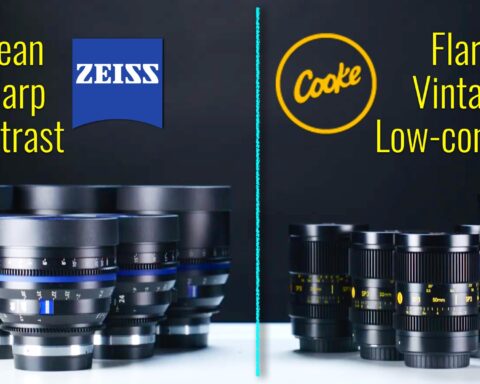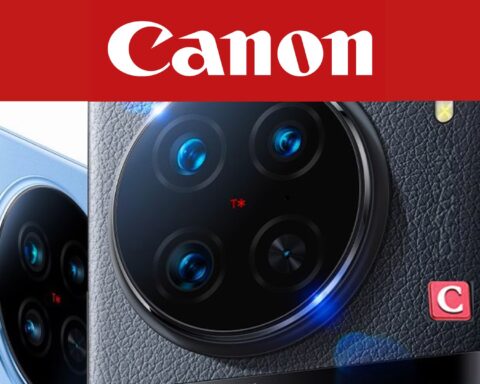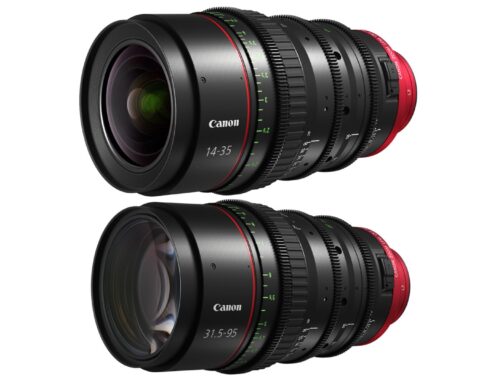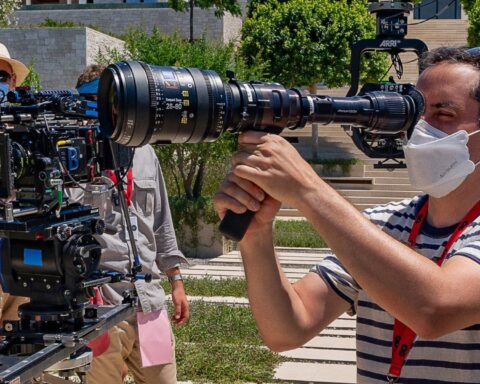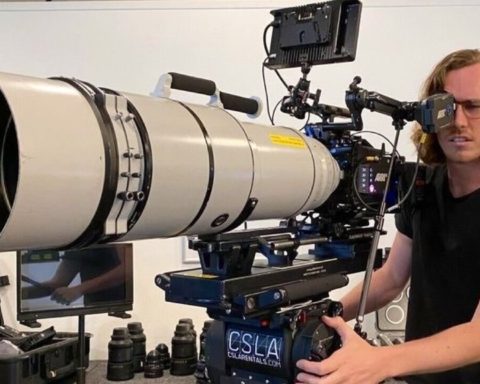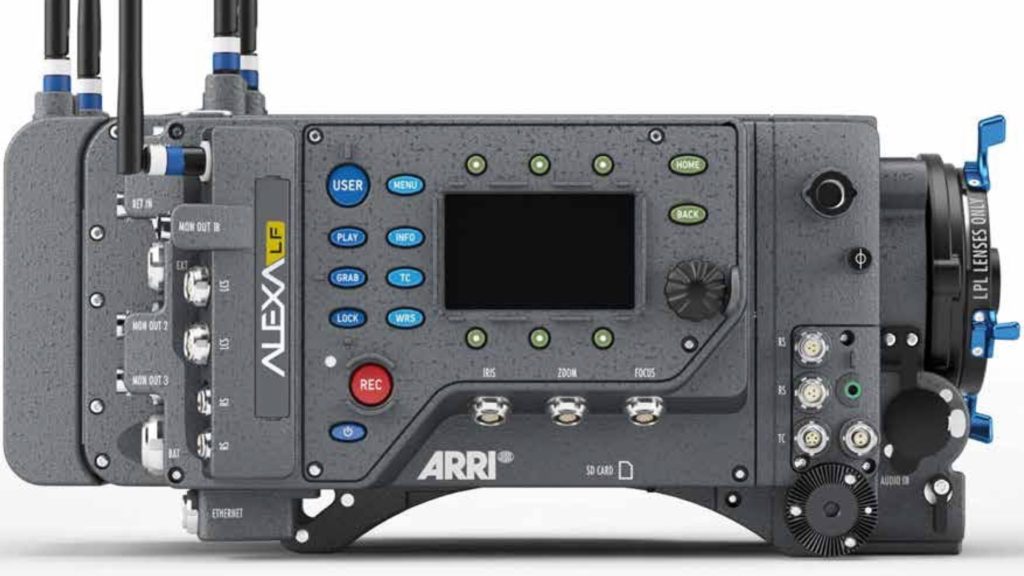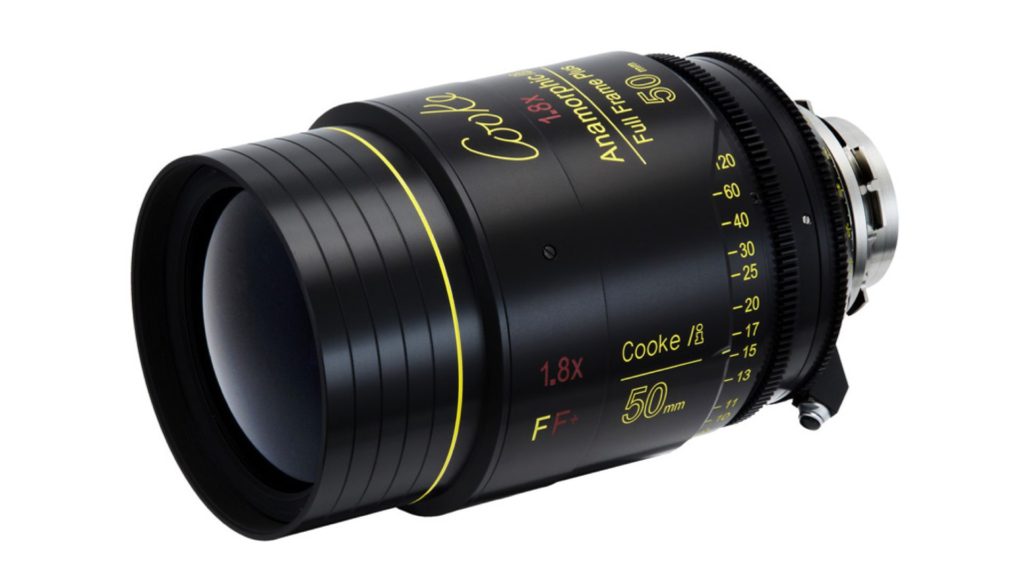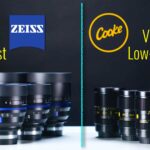ZEISS Camera Lenses launches a new 4 part video series focused on the features and benefits of the Milvus Super Speed lens family. The series focuses on the major characteristics of the lenses and how you can utilize them to your advantage in creating great looking video content. Let’s have a look.
Small to no-crew effective solution
It seems that the goal of this video series by Zeiss is to introduce those lenses to filmmakers who work on one man band productions, limited budget or small crew, yet not to compromise (as much) on the image quality. The videos are uploaded to Zeiss official YouTube channel, so you can follow them and get notified for next videos. The first video is basically a general introduction the to Milvus lenses and focal length, and how to utilize them in video production.
The Milvus series
The lenses are manual focus designed, with a rubberized focus ring for fine-tuned which allows precise control over your focus position. The Milvus-series lenses also feature an equally aesthetic and durable frosted, anodized metal lens barrel surface along with a weather-sealed construction to protect against dust and moisture.
“Super speed” = f1.4 aperture.
All lenses in the series have f1.4 aperture (wide open) which makes them very fast. Note that these are not cinema lenses. For cinema application you should consider the CP series (remember that there is huge difference regarding price ($1200 compared to $5000).
The focal lengths are 25, 35, 50, and 85. Look for more info in the gallery below, regarding focus capabilities and elements. The screenshots are taken from the presentation.
Not cinema lenses
One of the most important factor is the rotation angle of the focus ring. As being said before, these are not cinema lenses, therefore we’d like to attache to them a follow focus device. That’s why higher rotation angle is preferable.
Furthermore, one the main disadvantages of those lenses is the size variation, which makes them a bit complex to use in a cinema applications, although there are complimentary gear (focus rings for follow focusing for example) that can be used as a workaround for those limitations.
What about image quality?
The most crucial factor, image quality, will be discussed in the next videos so stay tuned.
Have you used Zeiss Milvus Super Speed before? Let us know you thoughts regard those lenses!


